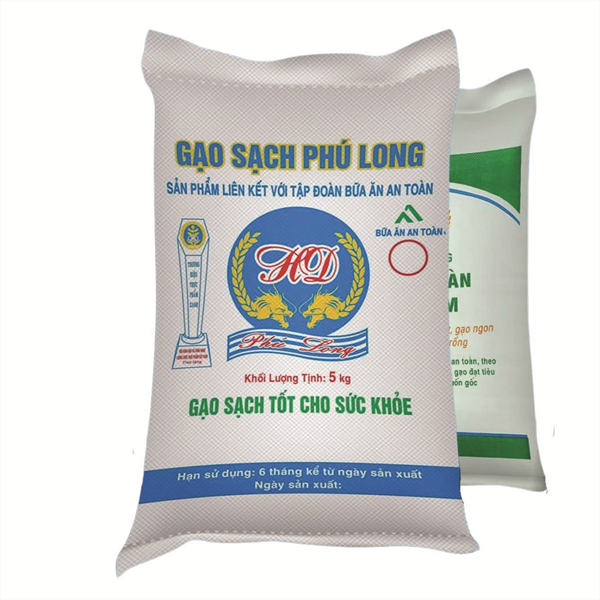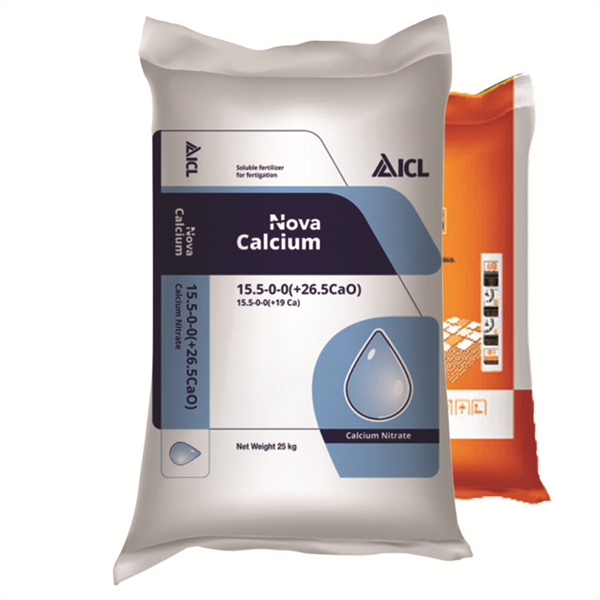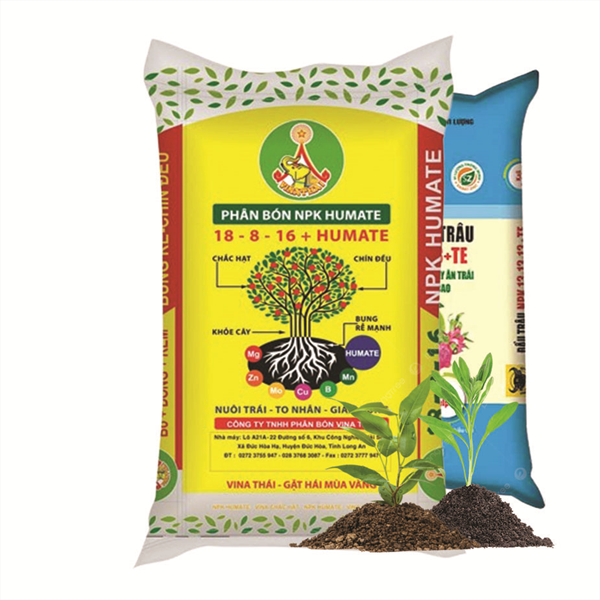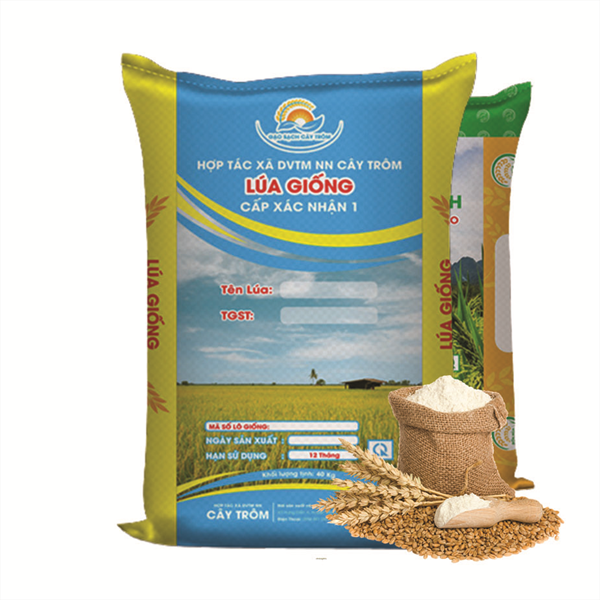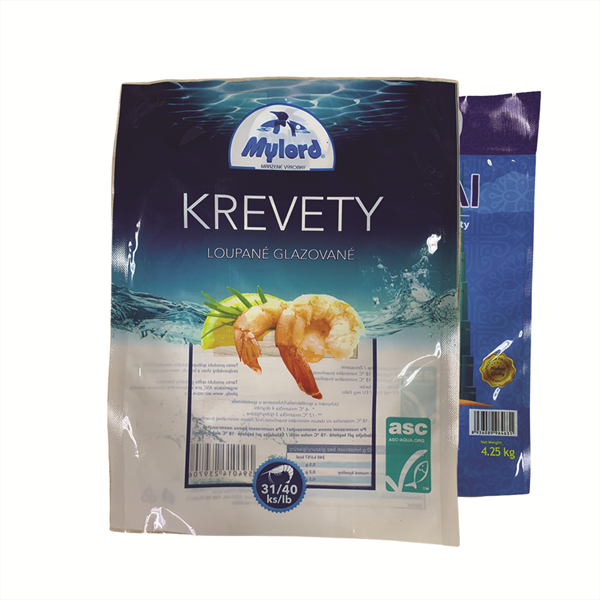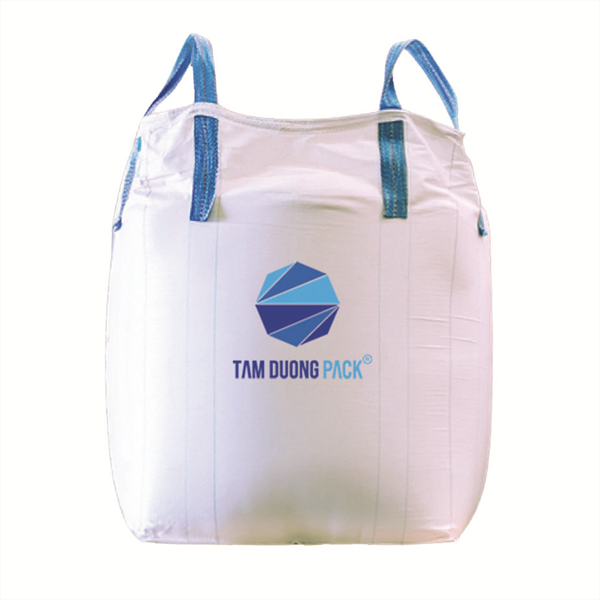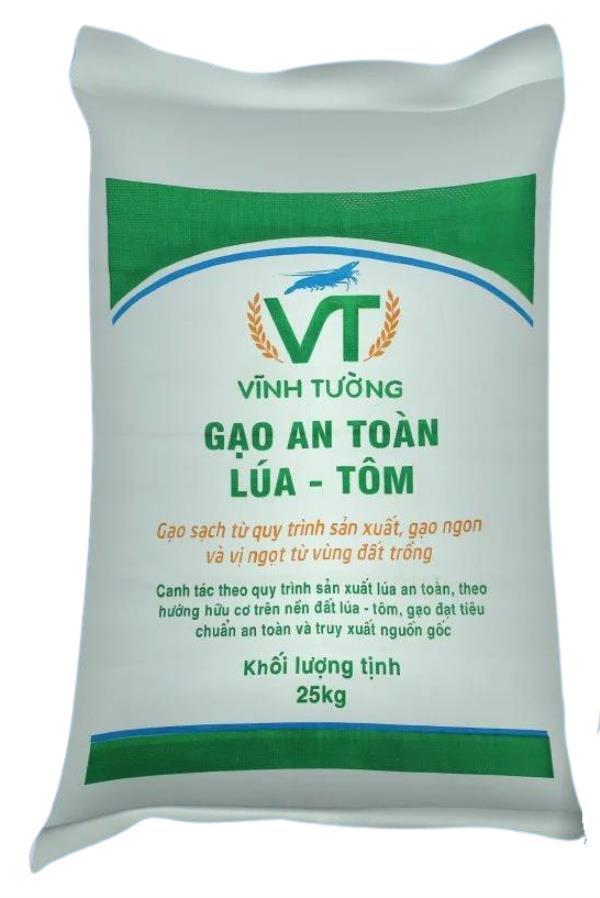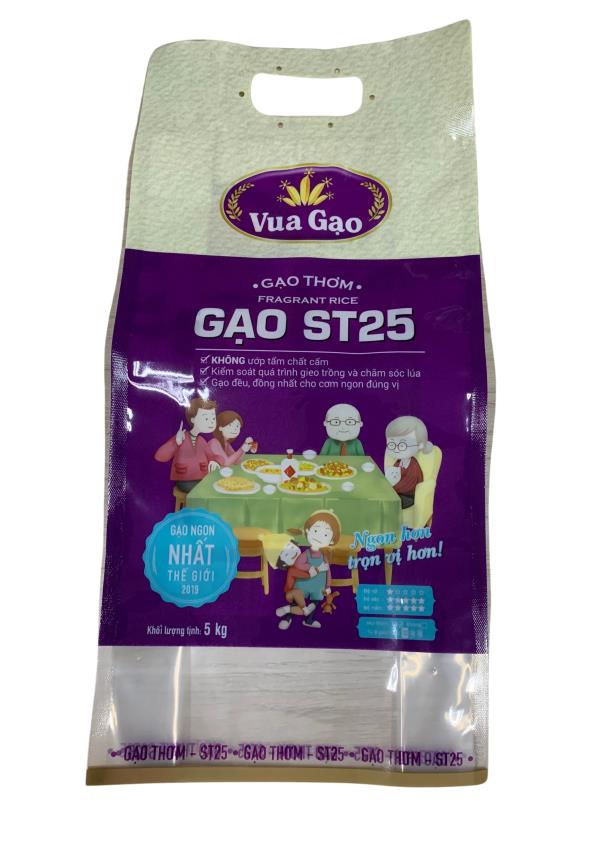How are PP and PE Packaging Similar and Different?
1. Similarities between PP and PE Packaging
PP packaging is made from virgin PP (Polypropylene) resin pellets, while PE packaging is made from virgin PE (Polyethylene) resin pellets. Despite being made from different materials, these two types of packaging share many similarities, and without careful consideration, they can be easily mistaken for one another.
- They are both colorless, odorless, tasteless, and have a smooth, glossy surface, suitable for printing attractive brand designs.
- Durable and reusable. They resist corrosion and moisture, even after prolonged use.
- They have good water and moisture resistance, protecting the contents from external factors.
- They are manufactured in various sizes, shapes, and colors.
- The production process does not involve harmful chemicals, making them safe for use, including food packaging.
- They do not oxidize or react with gases, mild acids, etc.
- They are versatile and easy to use for various industries and packaging needs.
2. Differences between PP and PE Packaging
Due to being made from different materials, PP and PE packaging naturally have differences.
- Color: Transparent PP packaging tends to be clearer and glossier than PE packaging. Upon closer observation, transparent PE bags may appear slightly duller. Therefore, transparent PP bags are often more aesthetically pleasing and preferred over PE bags.
- Elasticity: In terms of elasticity, PE packaging has an advantage over PP packaging. PE bags are soft, highly elastic, capable of bearing weight well, and less prone to tearing or creasing, making them a preferred choice for packaging and transporting goods. In contrast, PP bags are rigid, have low elasticity, brittle, prone to creasing, and have a higher resistance to force.
- Hardness: PP packaging is usually harder than PE packaging.
- Printing capability: PP packaging has a smoother, glossier surface, better color absorption, and sharper image printing compared to PE packaging. Therefore, businesses often prefer PP material for effective marketing through packaging.
- Application: PP and PE packaging are both flexible and versatile for various industries. However, PP packaging is more commonly used for clothing bags, fashion products, retail bags, etc., while PE packaging is often chosen for lining bags for grains, food, cereal grains, or takeaway beverage bags.
Now that you have a better understanding of PP and PE packaging and how to differentiate between them, you can choose the appropriate material based on your usage and packaging needs. There are many packaging suppliers in the market offering similar models, sizes, and services. However, if you are running a business and require large quantities of packaging or if you are a small-scale packaging distributor seeking wholesale suppliers for long-term cooperation, consider sourcing directly from reputable packaging manufacturers.
Contact Information
Tâm Dương Packaging Company
Hotline: 0928 779 113 (Mr. Đăng) / 0355 508 586 (Mr. Hùng)
Email: marketing@tamduongpack.vn
- Robusta Coffee Export Price Hits 30-Year High
- Robusta prices reach a 16-year high, domestic coffee also surges
- Three issues need to be emphasized when exporting agricultural products to the EU.
- HSBC: Identifying Vietnam's "bottleneck" in attracting FDI
- Agricultural Packaging Tâm Dương - Affirming Brand Value for Your Business
- Export of agricultural products in 2024: Expectation of breakthrough

